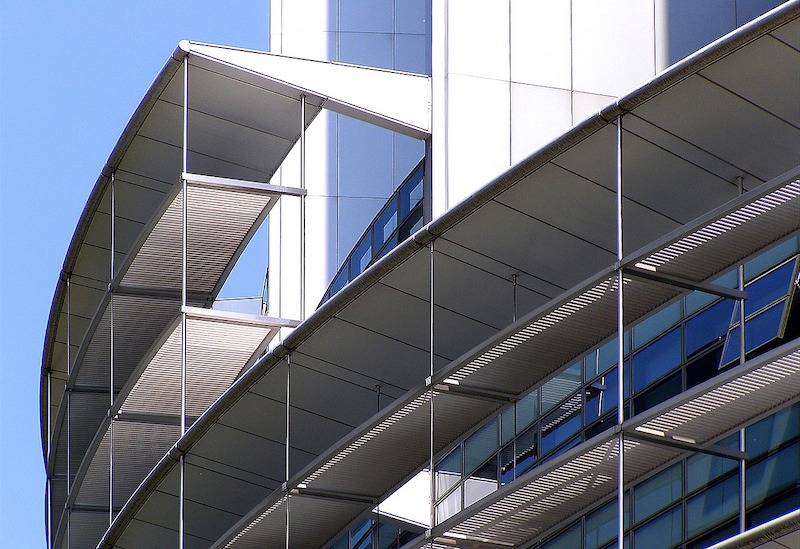The Metal Construction Association (MCA) released three updated Environmental Product Declarations (EPDs).
The subjects of the updates are Metal Composite Materials (MCM), Insulated Metal Panels (IMP), and Roll Formed Aluminum and Steel Cladding. The three documents provide key data on the manufacturing and use of these products, and discuss the Life Cycle Assessment (LCA) and environmental impacts associated with the use of metal cladding in construction.
The EPD for Metal Composite Material Panels includes discussion of product manufacture and processing, in-use conditions, life cycle assessment results, and testing results and verifications. Information on performance standards in the areas of fire, system performance, and finishes are detailed.
The EPD for Insulated Metal Panels describes the history, manufacture, and use of IMP panels and systems, and investigates product lifespan from raw material supply, manufacturing, application, maintenance, performance standards, energy use, water use, demolition, and waste recovery or recycling.
The EPD for Roll Formed Aluminum and Steel Cladding for Roofs and Walls details the manufacturing process of roll forming metal materials into a finished product. The forming process, which can be accomplished either in line or in the field, is also discussed, as well as the products’ environmental aspects and impact.
Related Stories
| Nov 29, 2012
Government policies help accelerate adoption of green building
Green procurement policies or green building mandates can help accelerate the adoption of green building practices, according to research by Timothy Simcoe and Michael Toffel.
| Nov 26, 2012
Minnesota law to spur development, job creation produced few jobs
Legislation that allowed local governments to direct excess property tax dollars from tax-increment financing districts into other private developments was supposed to kick-start construction hiring in Minnesota.
| Nov 26, 2012
How to boost resilient systems that are sustainable
Cities of the future can be both more resilient and more sustainable by promoting strategies that include solar power and green roofs, programs that minimize demand for energy, rain gardens, and permeable pavement.
| Nov 26, 2012
Developer of nation’s first LEED platinum skyscraper focuses on carbon reduction
The Durst Organization, the developer of the first LEED platinum certified skyscraper in the country, says it will not seek LEED certification for its residential pyramid planned for New York’s West 57th Street.
| Nov 26, 2012
Questions linger over ability of Miami's newer high-rises to withstand hurricanes
Some towers in Miami, rebuilt after a hurricane in 2005, were allowed to be constructed under older building codes instead of newer ones created after Hurricane Wilma.
| Nov 26, 2012
Changes in development and building standards needed for health of Potomac River
The Potomac River’s health stands to suffer if the region does not change its development and building standards, according to the Potomac Conservancy.
| Nov 16, 2012
South Dakota prefers LEED over building code on state projects
“(LEED is) much better than a mandatory building code because you get a little wiggle room in these projects,” said Mike Mueller, a spokesman for the South Dakota Bureau of Administration.












